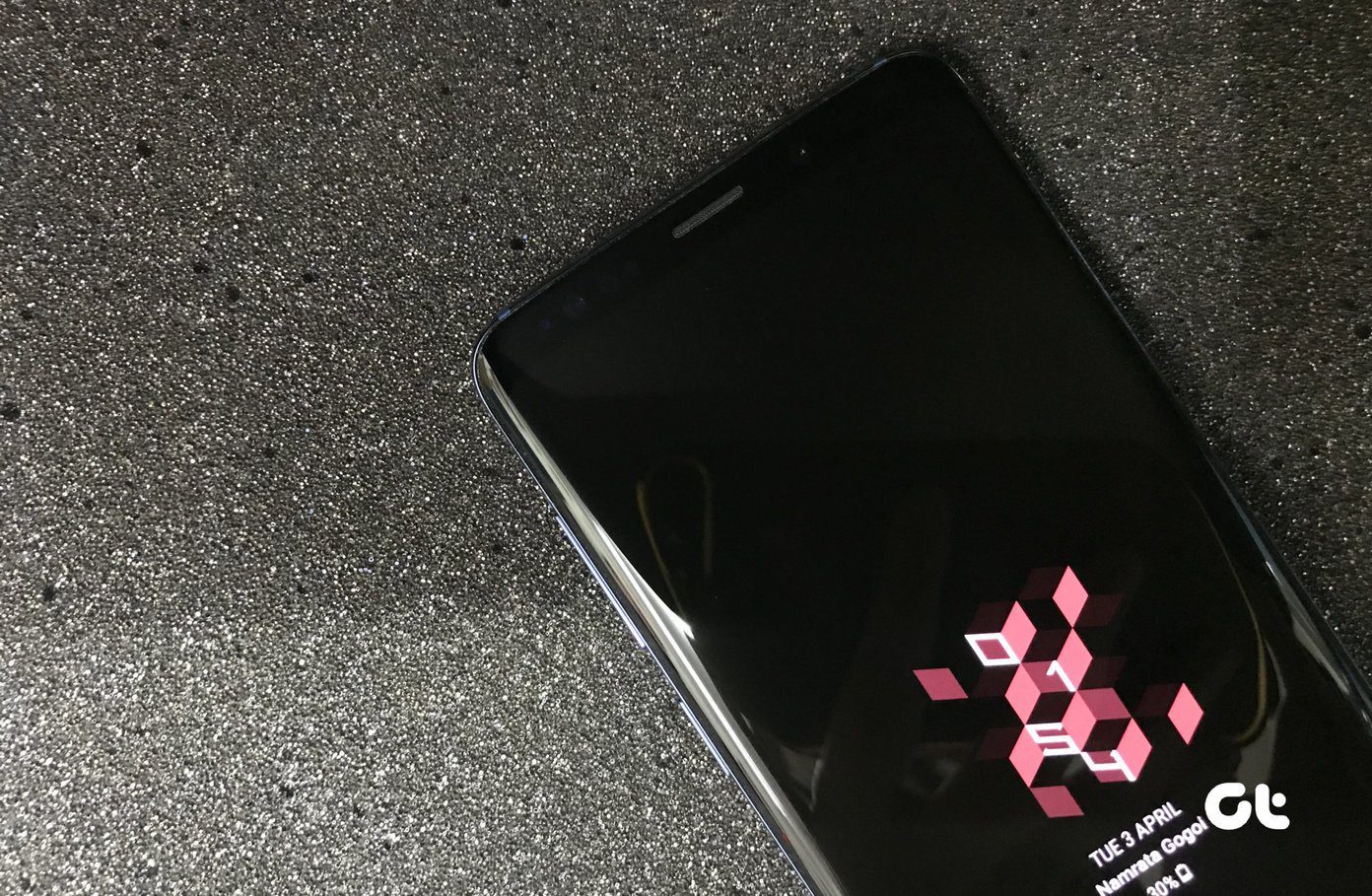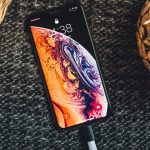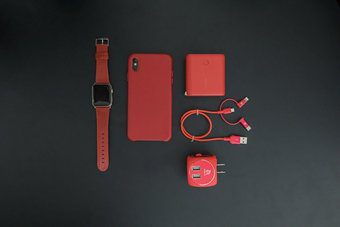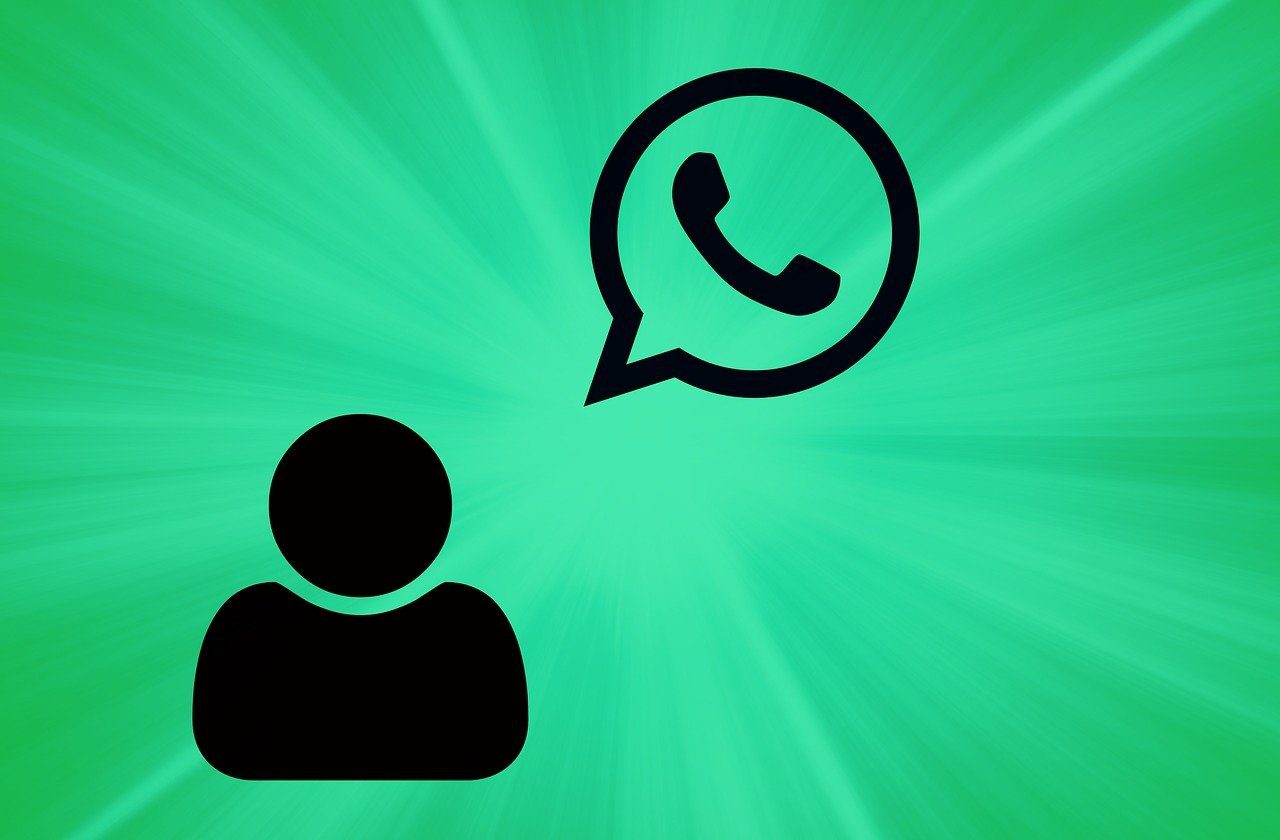When inserting my charger into the micro USB port, I had to wiggle it a little in order to start the charge. And from my experience, things only go downhill from here. Eventually I’ll have to fiddle with it for quite some time to achieve the right angle to make it charge, then I’ll be twisting my cord in weird ways to get it to stay that way, and soon after that it will barely work at all. I do abuse my micro USB port, it’s true. I often charge my phone in the dark, when I’m half asleep, or try to insert the charger upside down. But then again, I’m sure there are plenty of other Android phone users who do the same. Which got me thinking, shouldn’t there be an easier way? And then I thought, oh there is. But it comes from the Dark Side. Indeed, the way Lightning cables are so much better really puts Micro USB to shame.
Why Lightning Cables Are Better than Micro USB
1. Reversible Fit for Easy Insert
Lightning cables have already eliminated the right-side-up issue. It is perfectly acceptable for the cord to be inserted either way.
2. Higher Durability
Due to the way it fits, and because users no longer have to fumble around, Lightning ports are more durable. They tend to last longer instead of rendering the device unusable after only two years, like their micro USB competitor.
3. Greater Wattage for Faster Charging
Lightning cables are capable of pushing at least 12W, while micro USB is limited to 9W due to the 1.8A at 5V maximum power rating. Check out Pocketable’s in-depth analysis of why Lightning cables can charge faster and provide more power than the flimsy and limited micro USB. Bad Battery? See more on how to save battery life on your laptop or extend the battery of your Samsung device.
4. Charge Bigger Things
In addition to charging devices faster, Lightning cables can also charge larger, more power-hungry devices such as tablets like the iPad. Micro USB however, is limited to smaller technology like smartphones and cameras. For tablets and even some of the larger smartphones like my Samsung Galaxy Note 3, USB Type-B is required for sufficient power.
5. Built-in Security for Authorized Lightning Cables
Official Apple Lightning cables contain an authentication chip that assures you’re using an approved charger. This makes it difficult for third-party manufacturers to produce compatible cords (which is why Apple can demand $20 for a charger). But knowing you’ve got the real deal also provides the consumer with a certain peace of mind. Want to know more? Take a look at why you should stay away from cheap knock-off chargers.
Is USB-C the Answer?
While micro USB may never catch up to the Lightning standard, USB-C might have arrived just in the nick of time. With a symmetrical plug shape like Lightning, USB-C can also provide power in either direction and carries a whopping transfer rate of 10 Gbps. Apple is already using USB-C in their much disputed MacBooks, and USB-C support is slated for Android M. Now if iPhones and Androids can get on the same bandwagon, we’d have a universal charger right there that trumps both Lightning and micro USB standards. But whoa, Apple and Android cooperating? That’ll be the day… The above article may contain affiliate links which help support Guiding Tech. However, it does not affect our editorial integrity. The content remains unbiased and authentic.











